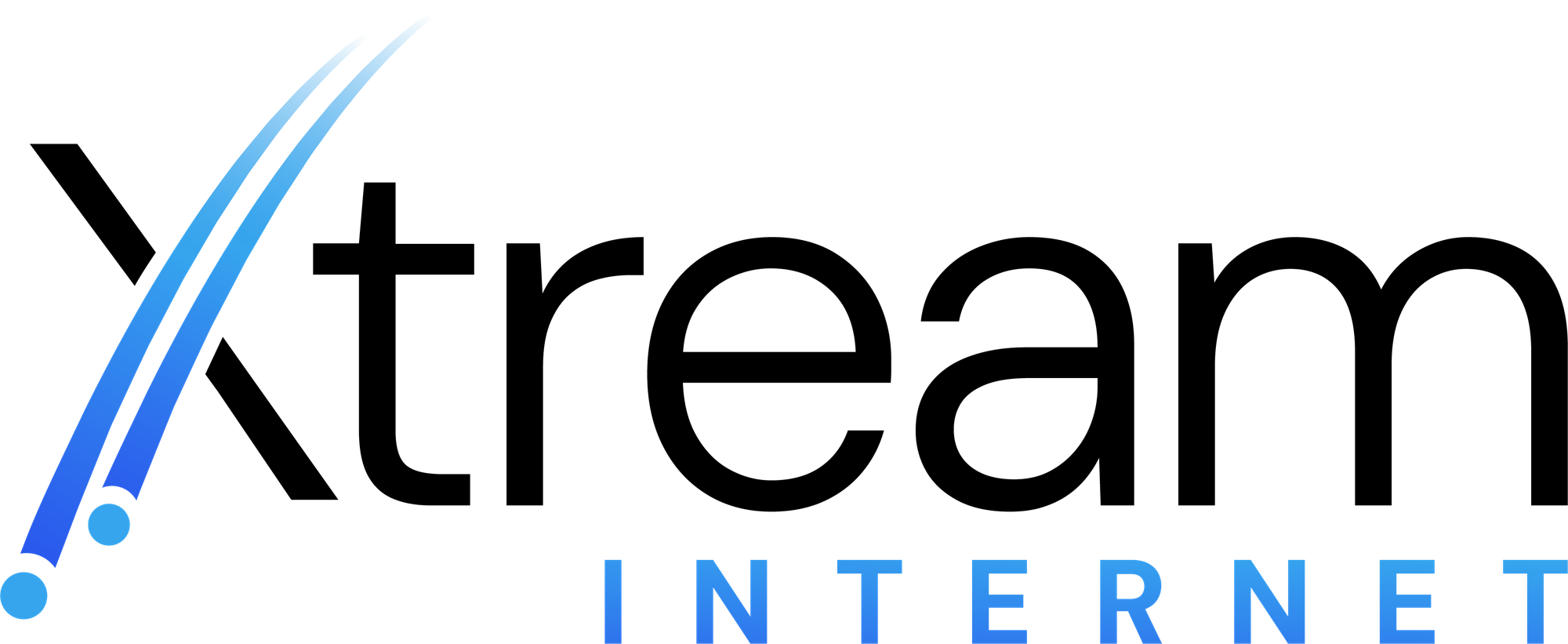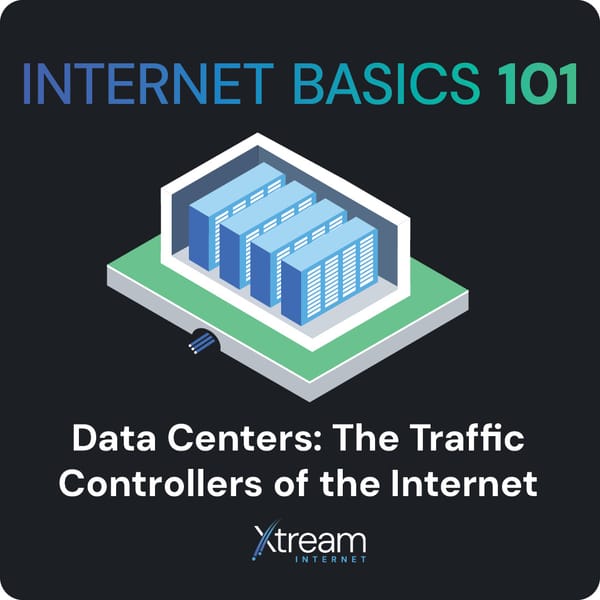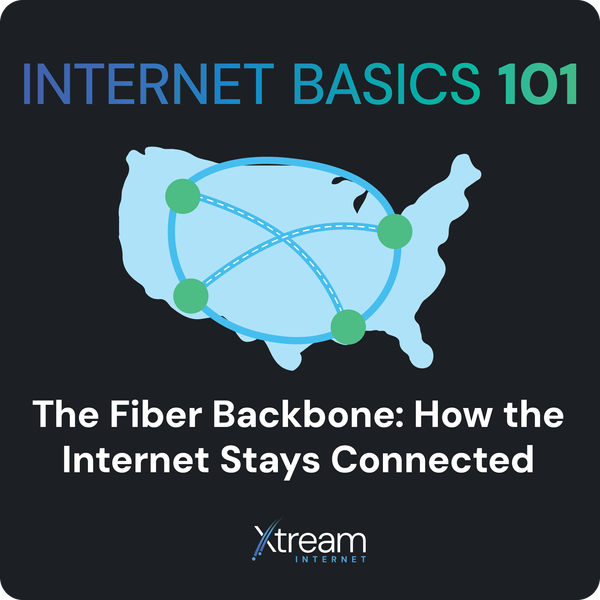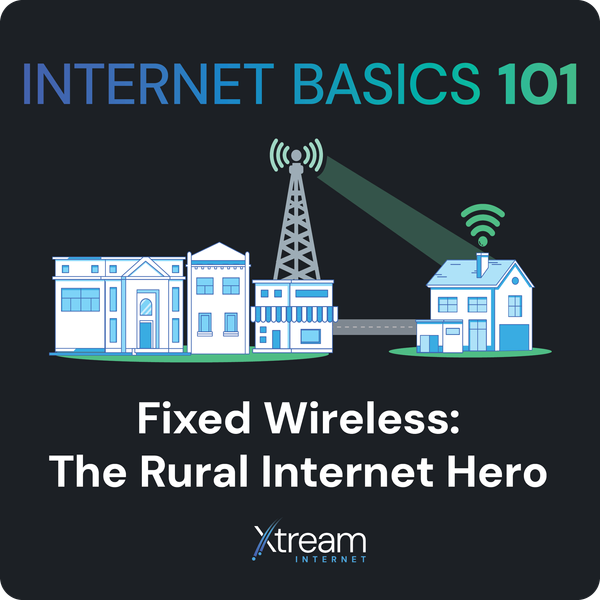What is Fiber-Optic Technology?
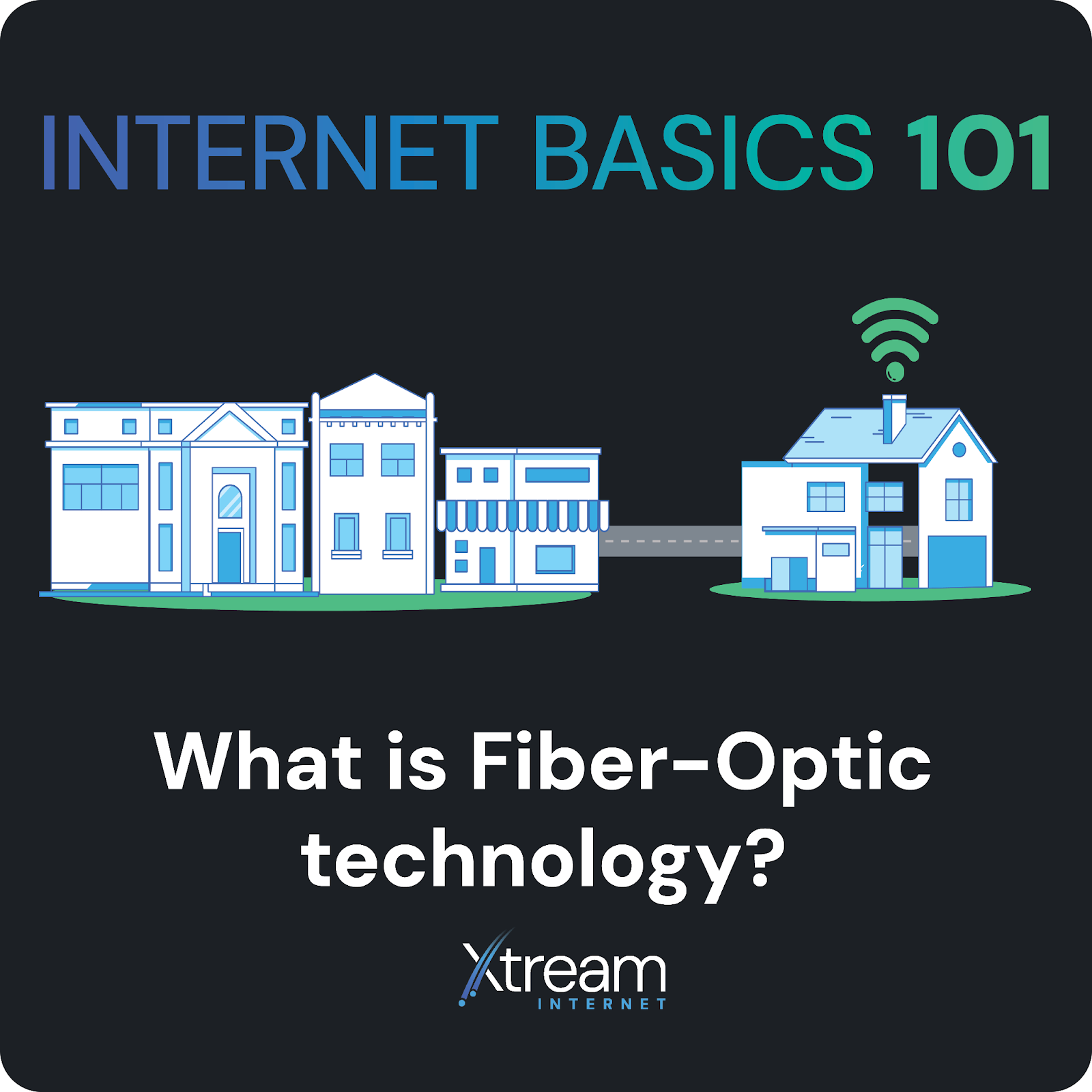
Fiber-optic technology is one form of internet delivery – other forms which may be familiar to you are Fixed Wireless, Cable, DSL, and Satellite. Fiber-optic uses thin strands of glass, called optical fibers, to send data as beams of light. These fibers are incredibly small—about the thickness of a human hair—but they can carry huge amounts of information over long distances at the speed of light.
How Does It Work?
Imagine you're at one end of a long tunnel, and you have a flashlight. When you turn on the flashlight, the beam of light travels straight through the tunnel to the other side. Just like Morse code, you can turn the light on and off to send a message to the other side. Each flash of light in this example represents one bit of data (often characterized as a 1 or a 0).
Now, replace the tunnel with a fiber-optic cable, and instead of a flashlight, imagine that a laser pulses on and off to create a signal. This process is how data, like your stream of the Avalanche Game, gets sent over the internet using fiber-optic technology.
Here’s a step-by-step breakdown:
- Data Conversion to Light:
- When you send something online, like a message or video, that data is converted into light signals using a high-powered laser. Thinking back to our flashlight example, if you have an internet package with 1 Gbps of bandwidth, that means that this laser is flashing 1 billion times per second. Yes, per second.
- Traveling Through Fiber:
- Light signals enter the optical fiber at a speed of over 186,000 miles per second, allowing massive amounts of data to be transmitted all over the globe instantaneously.
- Reaching the Other Side:
- When the light reaches its destination, it’s turned back into the original data by a device called a receiver. Now, your friend on the other side can see the message, video, or whatever you sent.
Pros of Fiber Optic
- Speed: Fiber can handle a massive amount of data really quickly. This means faster downloads, smoother streaming, and less buffering.
- Distance: Unlike traditional cables, fiber-optic cables can carry signals over much longer distances without losing strength, providing optimal performance.
- Reliability: Since fiber uses light instead of electricity, it’s less prone to interference from external factors like power lines or weather, making it more reliable.
- Futureproof: Fiber optics have theoretically unlimited bandwidth capacity, and will also support quantum communication, the next frontier of data transmission. It’s not going anywhere!
Limitations of Fiber Optic
- Cost: Laying fiber-optic cables often relies on underground boring, which can become prohibitively expensive in rural or rocky areas:
- Rock: Given rock can increase the time it takes to dig by 2-3x (or even more), digging through tough terrain can increase the cost by multiples over the rate of digging in soft soil. The actual increase depends on the rock density and rock type (cobble, granite, bedrock).
- Rural: Barring rock, the cost to lay fiber in Colorado is typically in the ballpark of $100,000 per mile. In rural areas, you may only pass 5 (or even less) houses in a mile, which would equate to a cost of $20,000 per home served… in suburban and urban areas, you have higher home density, which significantly reduces that cost per home served number.
Fixed Wireless as an Alternative to Fiber Optic
Fixed wireless is the best alternative to fiber optic in rural and rocky areas (of which Colorado has many!). It offers high speeds and reliable service at costs that are much more feasible for the internet service provider and the customer. It's also the fastest-growing internet technology today.
